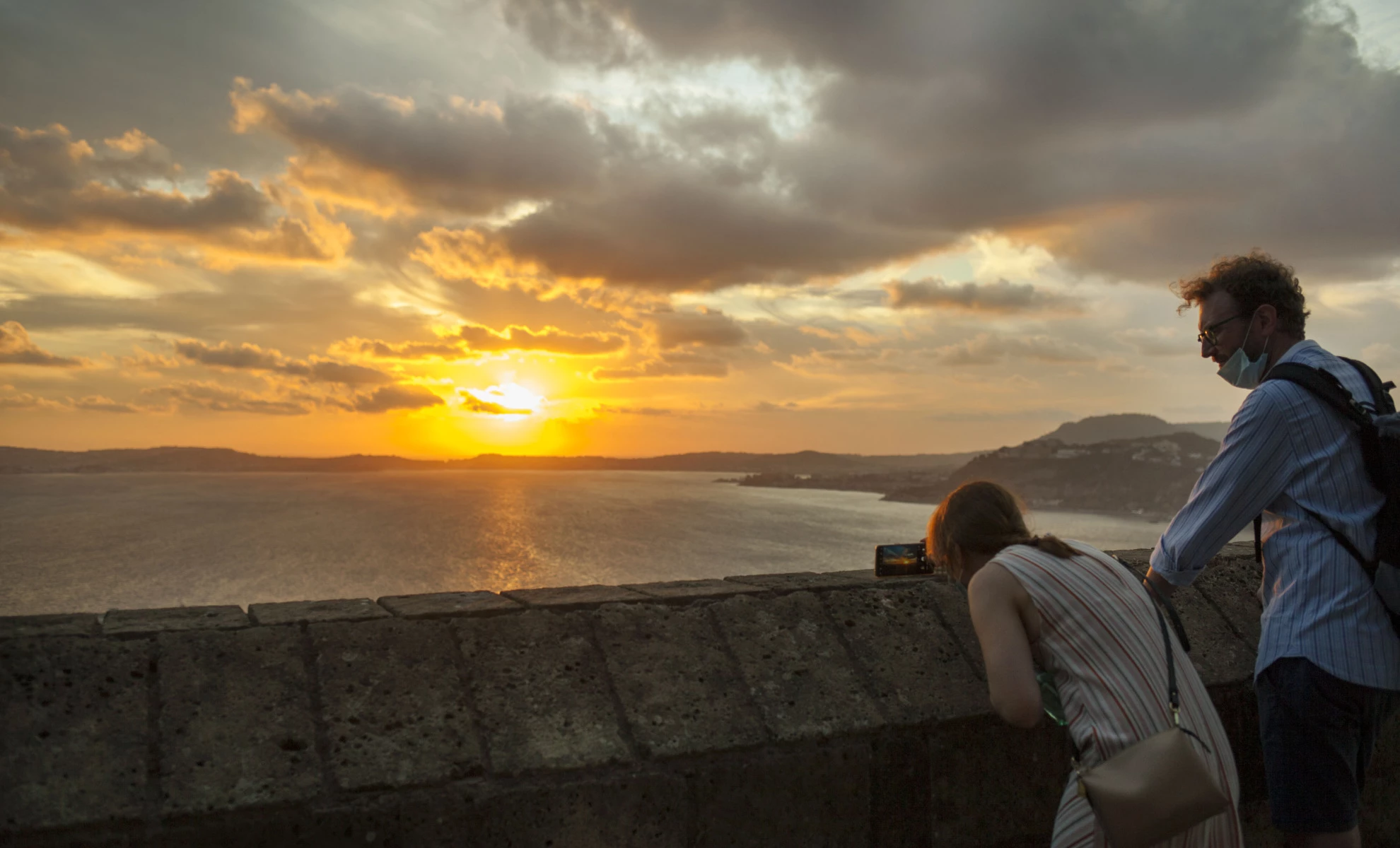A sunset walk in Parco Virgiliano is an intimate experience. It does not matter how many people are around, because the colors of nature and the surrounding landscape at the end of the day are so moving that they turn on ancient feelings and old nostalgia set aside in some corner of memory.
The grandparents once called it Park of Remembrance, in honor of the dead of the First World War, and perhaps that name still reflects its soul today. The remembrance contains within itself a sad and gloomy note that the park still reveals today, between the shadows of the holm oaks and the ripples of the sea in the distance.
PH. MACHI DI PACE
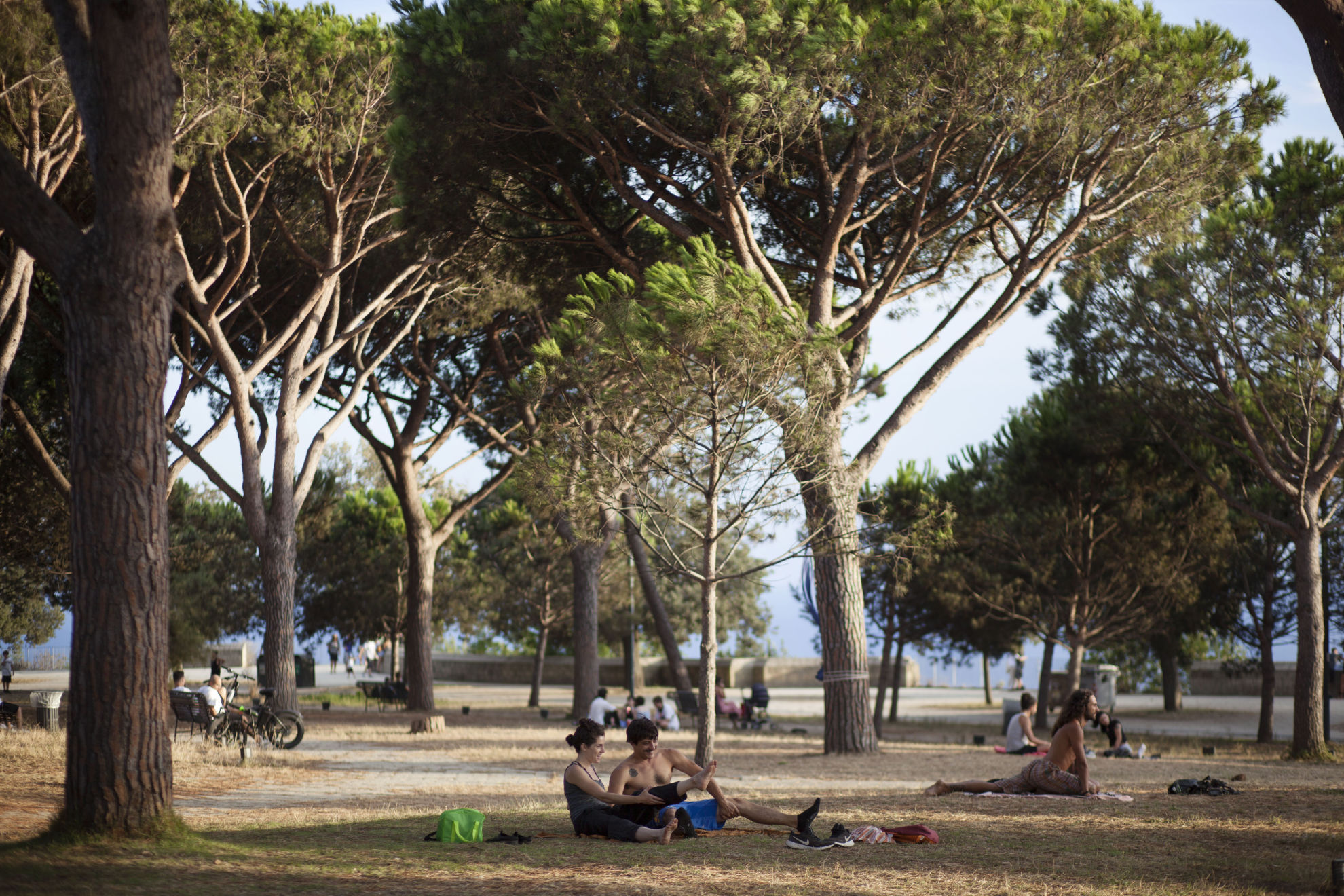
At Parco Virgiliano you can go for a walk, welcomed by the flowing foliage of the olive trees. You can go for a run, being careful not to stumble into the Mediterranean undergrowth scented with myrtle, rosemary and phillyrea. You can go to meditate lying on the lawns, with your gaze turned towards the sky. You can go to breathe or to find yourself in front of a landscape that has something literary: Procida, Ischia and Capri finally together, without antagonisms.
PH. MACHI DI PACE
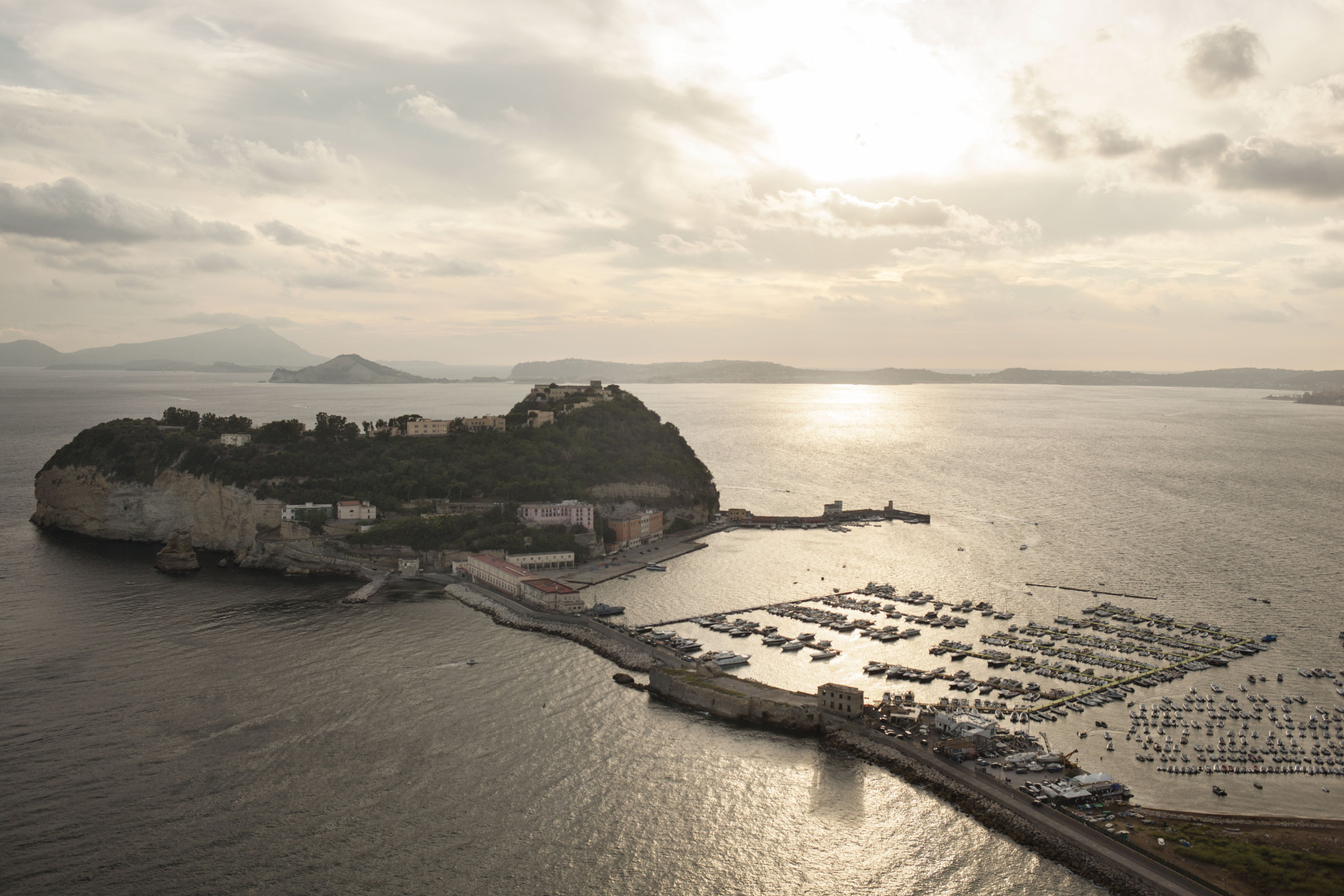
Nisida with its colorful marina and juvenile prison protagonist of many novels and short stories. The Gulf of Pozzuoli and Bacoli, the promontory of Capo Miseno, Vesuvius always alert, even from a distance, the Italsider factory, now falled in disuse, witness of a past with industrial aspirations. And then the imposing yellow tuff rocks of the Bay of Trentaremi, which is reserved and solitary, and is open to the gaze only of sailors and those who have the opportunity to look out from one of the terraces that make up the park.
PH. MACHI DI PACE
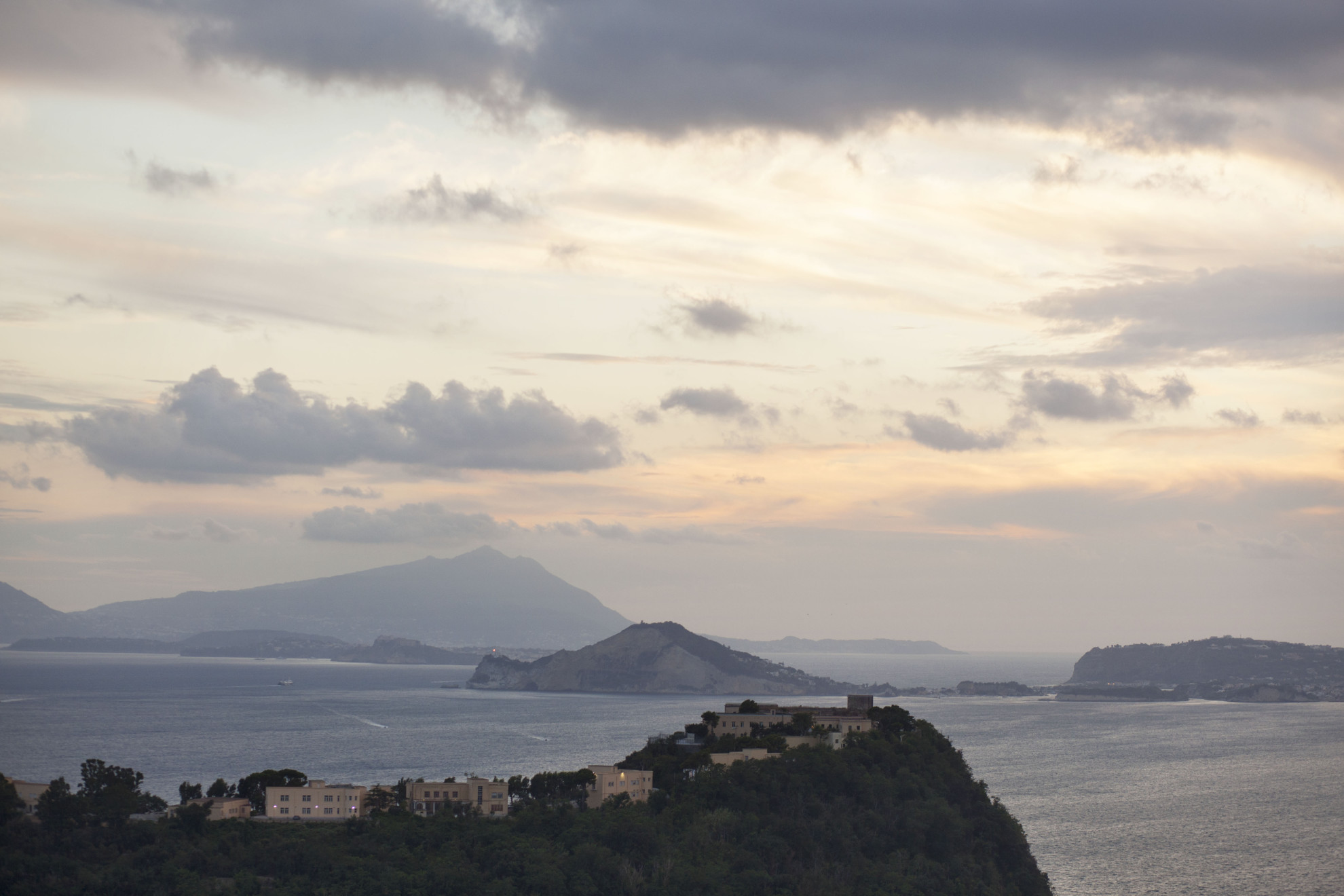
You could spend hours looking at this landscape without ever having the feeling of wasting time. Lying on the Posillipo hill on over ninety thousand square meters of extension, far from homes, clubs and confusion, the Virgilian garden was born between the 1920s and 1930s, in the middle of the Fascist era, and to support the dreams of glory of that historical moment it was called a Park of Victory or Beauty.
PH. MACHI DI PACE
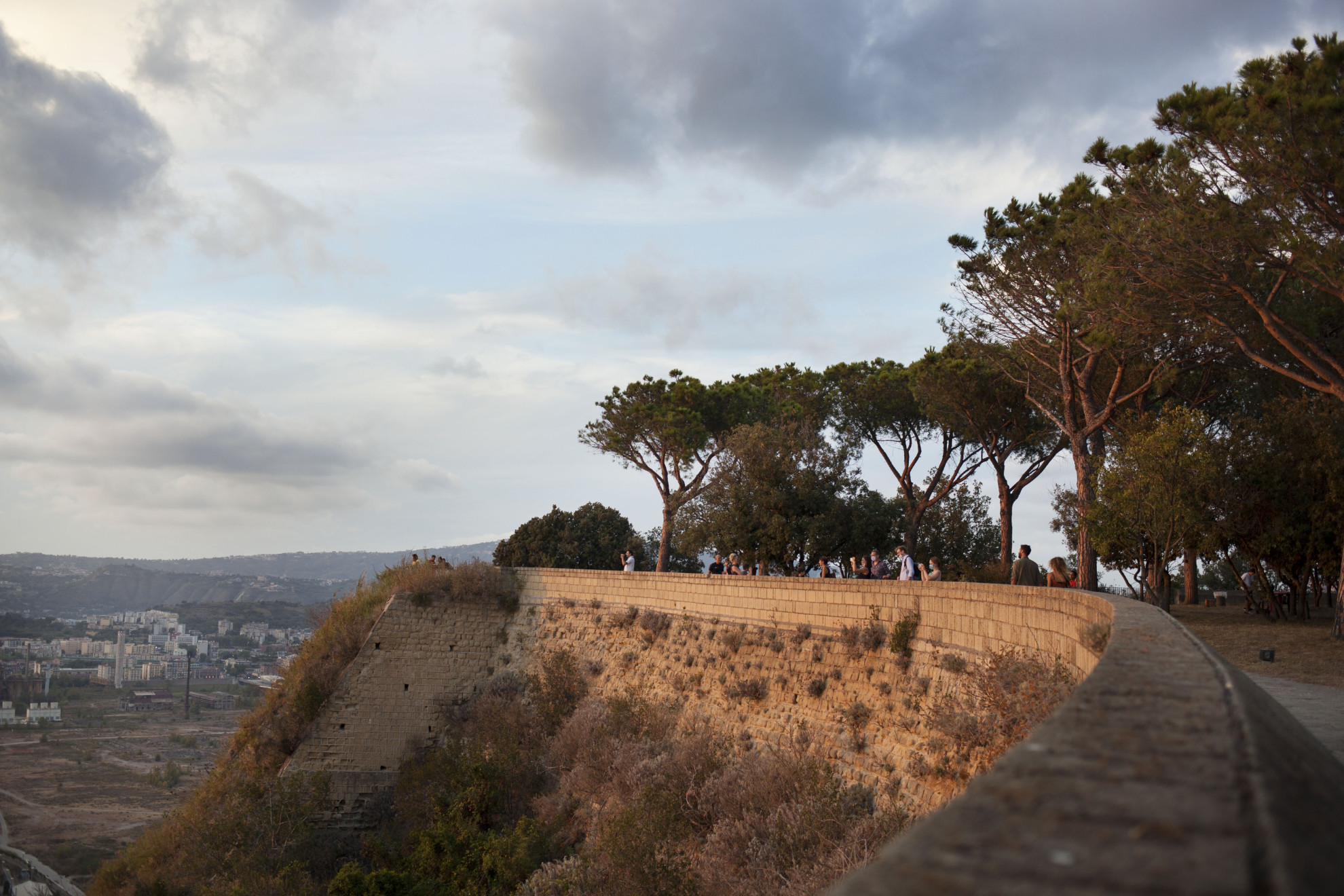
Only later, thanks to the intervention of the Neapolitan pedagogist Guido della Valle, was it renamed Parco Virgiliano, in honor of the Latin poet, lay protector of the city, whose remains still lie in Piedigrotta, a few kilometers from here, in a place with the name similar: Vergiliano or “park of the tomb of Virgil”.
PH. MACHI DI PACE
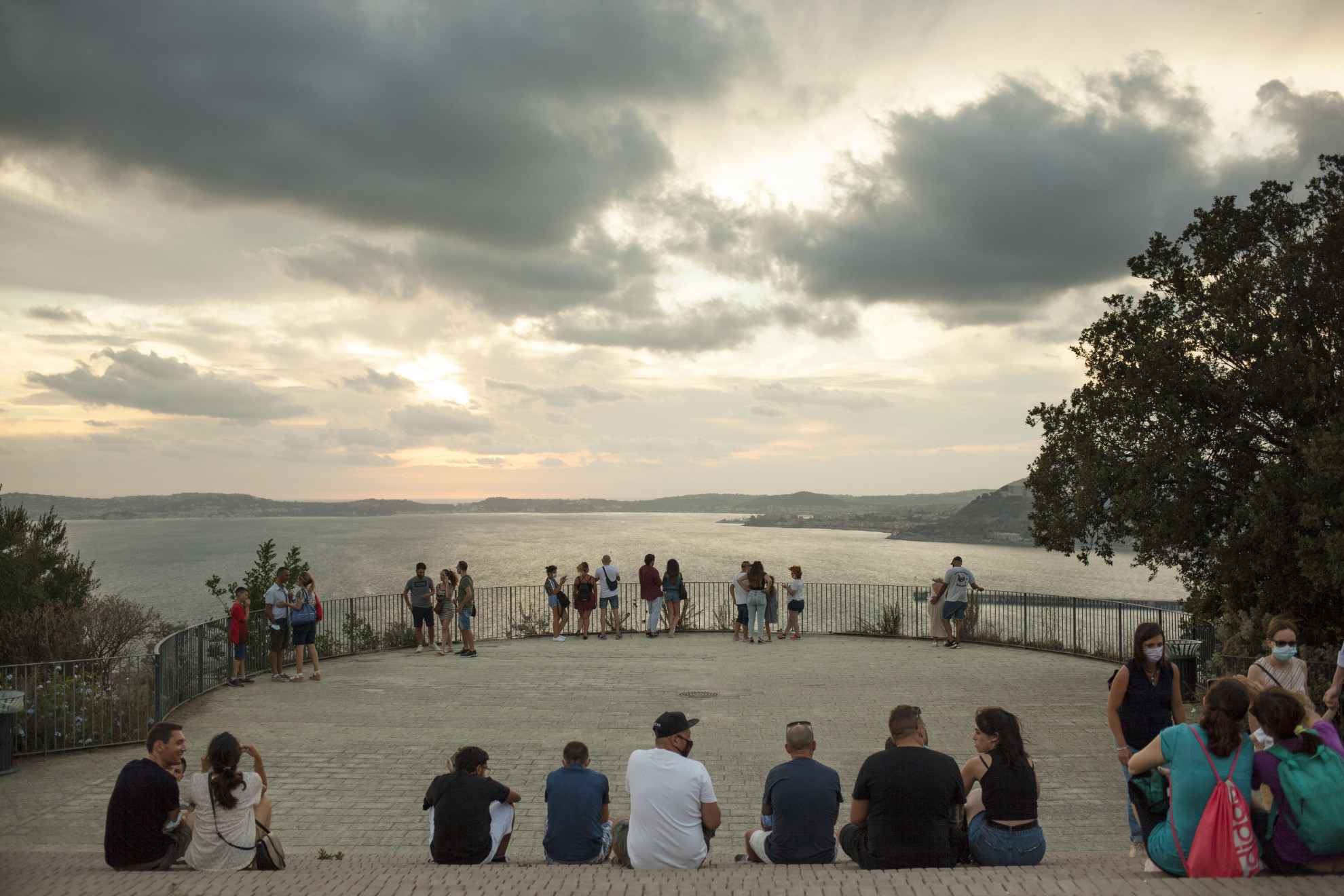
It is so rare to find green spaces in Naples far from the horns of cars and the smoke of motor-scooters, that every time is a need for silence and air, the Virgilian becomes an almost inevitable choice, especially in summer, when the desire to escape encourages to move away from the city.

